In early 2006, I fell in love with watching videos of strangers.
Sometimes it was middle-aged women discussing recipes and tattoos; other times a goth sharing their collection of dragon incense holders.
These grainy windows into ordinary people’s lives were captivating in their mundanity — something real to hold beyond a small teenage existence.
This was the advent of YouTube, the video platform that would go on to revolutionise the way we create, consume and connect with content. The very first video was uploaded nearly twenty years ago, on 23 April 2005: a 19-second clip of co-founder Jawed Karim at the San Diego Zoo.
It’s a reminder of how much the platform has changed — from haywire home movies to multi-billion dollar industry — but also of a lost internet era, where people like me found a sense of belonging.
For most of my teenage years, I was incredibly lonely. I’d spend school summers sleeping late, reading books, and watching hours of YouTube. Some of my favourite creators included Charlotte McDonnell (charlieissocoollike) - the first UK YouTuber to reach one million subscribers - and Peter Oakley (geriatric1927), a British man in his 80s that gently recounted life's memories.
No one was cooler than Molly Templeton (mememolly), a young woman with a Zooey Deschanel fringe, who danced to Violent Femmes and did a perfect impersonation of Natalie Portman in Closer: “Lying's the most fun a girl can have without taking her clothes off - but it's better if you do.”
Back then, watching YouTube felt like glimpsing the secret worlds of others and feeling relief; an embrace of weirdness, wandering thoughts, and the freedom to love what you love. From this, a unique sense of connection grew as communities flourished, the world expanding in the soft glow of a computer screen.
I started making YouTube videos too — what I imagined as Sofia Coppola-esque montages of my Doc Martens, raindrops and flower blossoms. When you’re young, every feeling is cinematic - even the slow stirring of a cup of tea had poetic heft when paired with Yann Tiersen’s Amélie soundtrack.
Editing software wasn’t as easily available, technology less advanced, and with no commercial interference, videos remained messy and spontaneous, but all the more creative and personal because of it.
Making them wasn’t about views or money, just expression, escapism, and the desire to be seen by someone — even yourself.
Of course, this brief period of raw, unpolished creativity didn’t last for long.
The shift began in 2006, when Google acquired YouTube and introduced the Partner Program, turning casual creators into professional influencers.
In many ways, this was a good thing. It further democratised creative output and helped everyday people monetise their hobbies, some becoming overnight celebrities. But with that came new pressures — to produce more content, elevate quality, and sacrifice experimental vision for the whims of an algorithm. It’s an issue that maintains a stranglehold on the internet, as growth under capitalism often comes at the cost of genuine connection and unconstrained creativity.
For this reason, many still point to 2005–2012 as YouTube’s ‘golden age’, a time of rapid growth during which the concept of YouTubers became established through the likes of lifestyle content creator Zoe Sugg (Zoella) and tech reviewer Justine Ezarik (iJustine).
Now a multi-billion dollar industry, influencers are a dominating force within culture — also bringing increased controversies to a world still navigating a largely unregulated industry.
Most recently, a lawsuit was filed against Jimmy Donaldson, the face behind YouTube's most-subscribed to channel, MrBeast. It alleged 'unsafe' working conditions, sexual harassment, and a misrepresentation of contestants' odds on his Amazon reality show, 'Beast Games'. The case highlights the power YouTubers now wield in society, but also the ever-present risk of that power being corrupted by ungoverned individual and corporate greed.
Despite the platform’s many ups and downs over the decades, from 2017’s ‘adpocalypse’, when advertisers pulled out en masse from the website, to 2021’s ‘dramageddon’ , which saw the downfall of beauty creators like James Charles and Jeffree Star, YouTube has remained largely unscathed.
Receiving 77.9 billion visits per month, it’s the world's second most popular website, according to Semrush data. The company's CEO, Neal Mohan, recently noted that more people now choose to watch YouTube than actual TV.
This makes sense: the sheer amount of content available on demand is more sharply targeted to our needs, while the introduction of TikTok-inspired YouTube Shorts in 2020 feeds an inattentive culture ravenous for quick dopamine hits.
While smaller communities still exist, they’re sidelined in favour of bigger creators and promotional material. Nothing is truly weird anymore — and even if it is, it’s too intentionally so.
Nowadays I watch everything from crochet tutorials to true crime interrogations; pop culture essays and The Sims speed builds. For better or for worse, we tend to stay entwined with social media platforms until they shutter or get bought out by evil billionaires — but like longing for the honeymoon phase of a relationship, I still mostly seek out the YouTube videos from smaller creators with barely any views: someone just telling the camera about their day. These feel like the hidden relics of an older internet that was less curated — not necessarily better, but more human.
Bo Burnham, one of the first YouTubers to find mainstream success in 2006, has echoed similar sentiments. In a 2018 interview with the H3 Podcast, he claimed his favourite YouTube video was one from 2010 in which a man cooks peaches and hot dogs in a dirty kitchen.
"This is truly beautiful, and so deeply sad and funny and tragic," Burnham said. "You could never write it."
It's a quality that lingers on the margins of the platform, but can never fully be recaptured in the magic of its original context.
Change is inevitable — but it’s at least comforting to know that amidst the noise of a digital age, we can re-find the videos that once quietened life’s chaos; grainy rooms frozen in time where parts of ourselves took shape.

 5 hours ago
3
5 hours ago
3

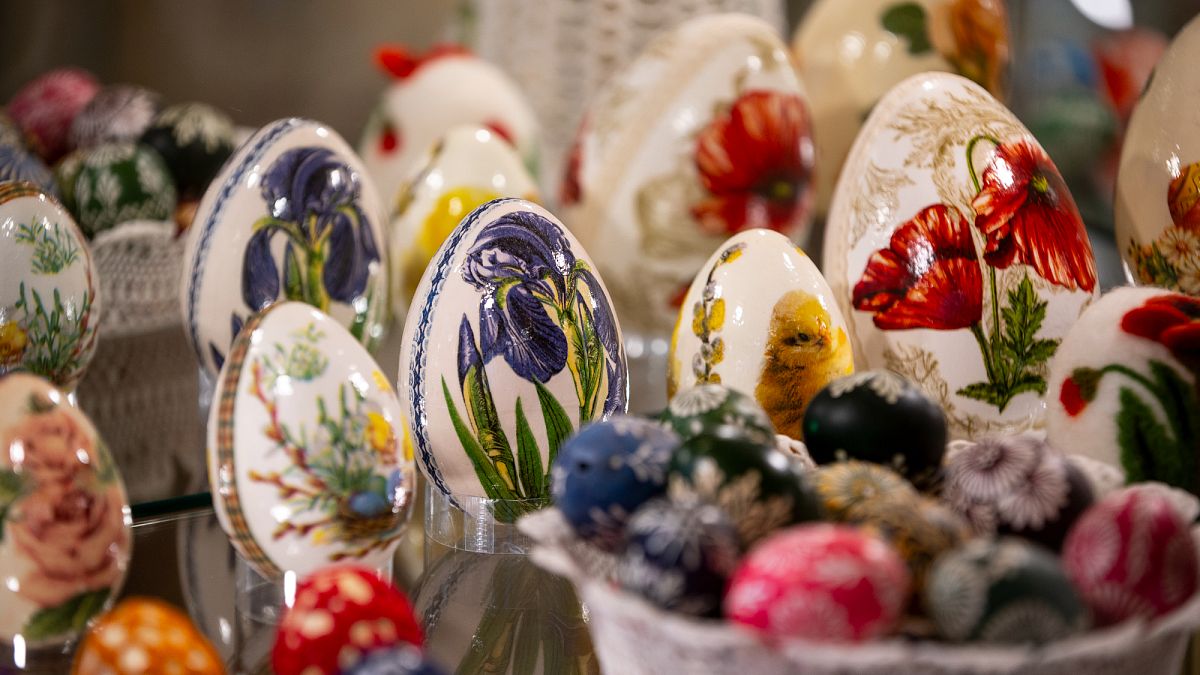
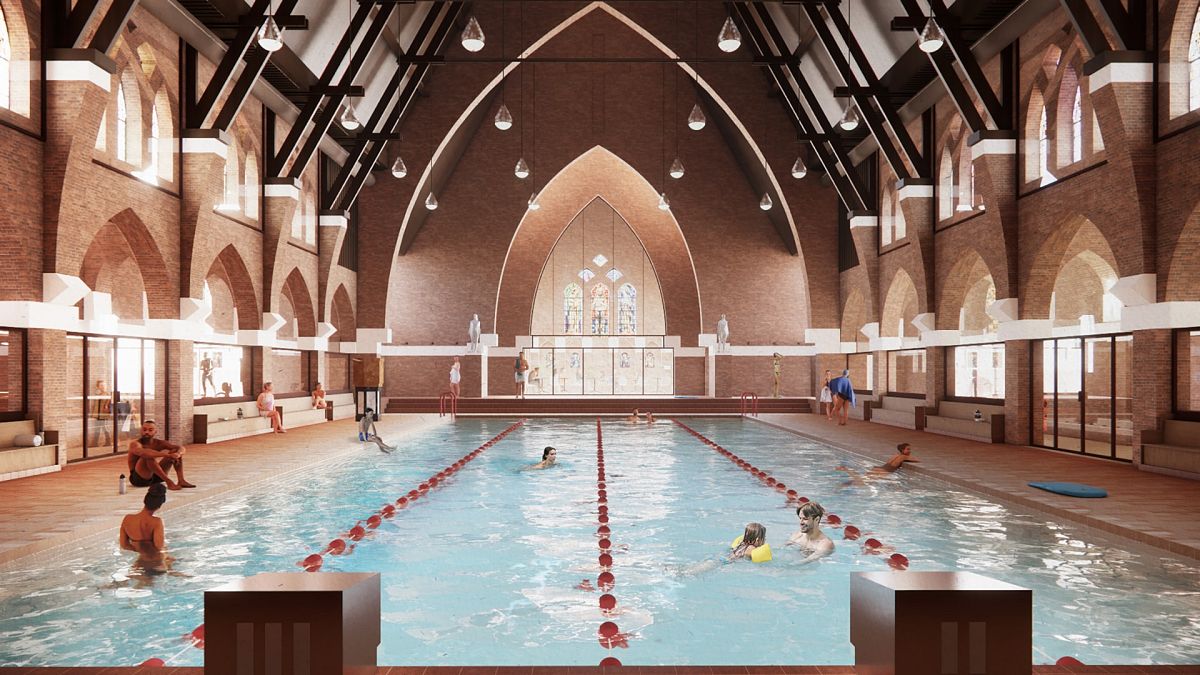
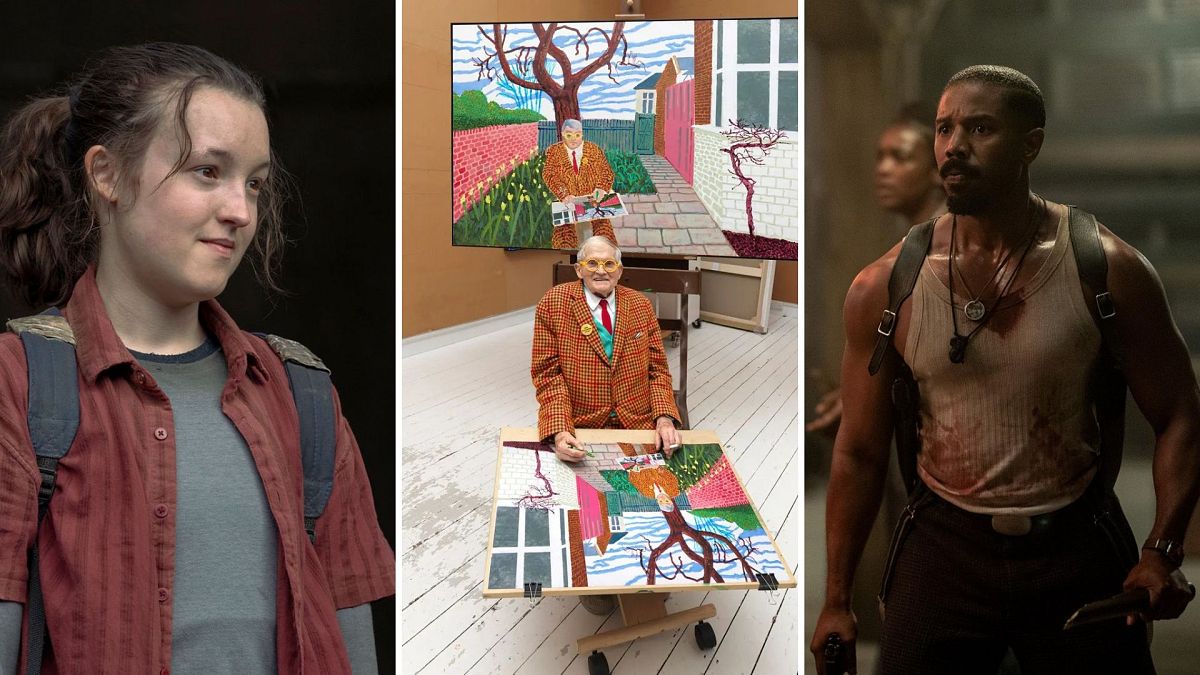
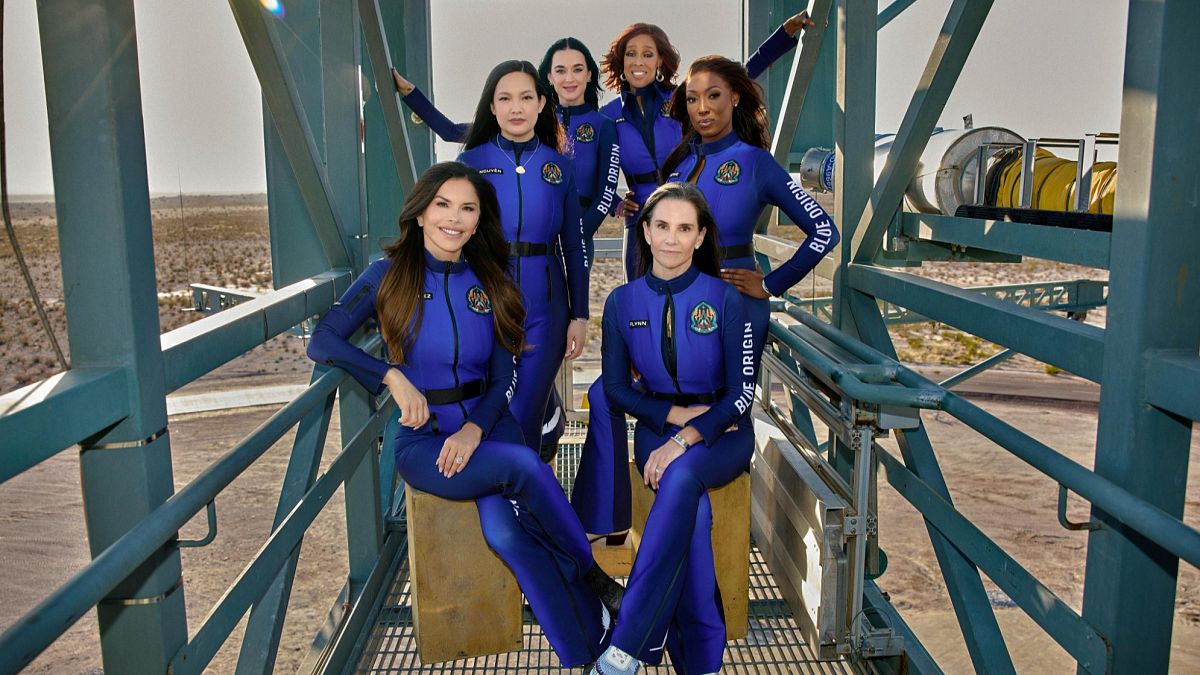
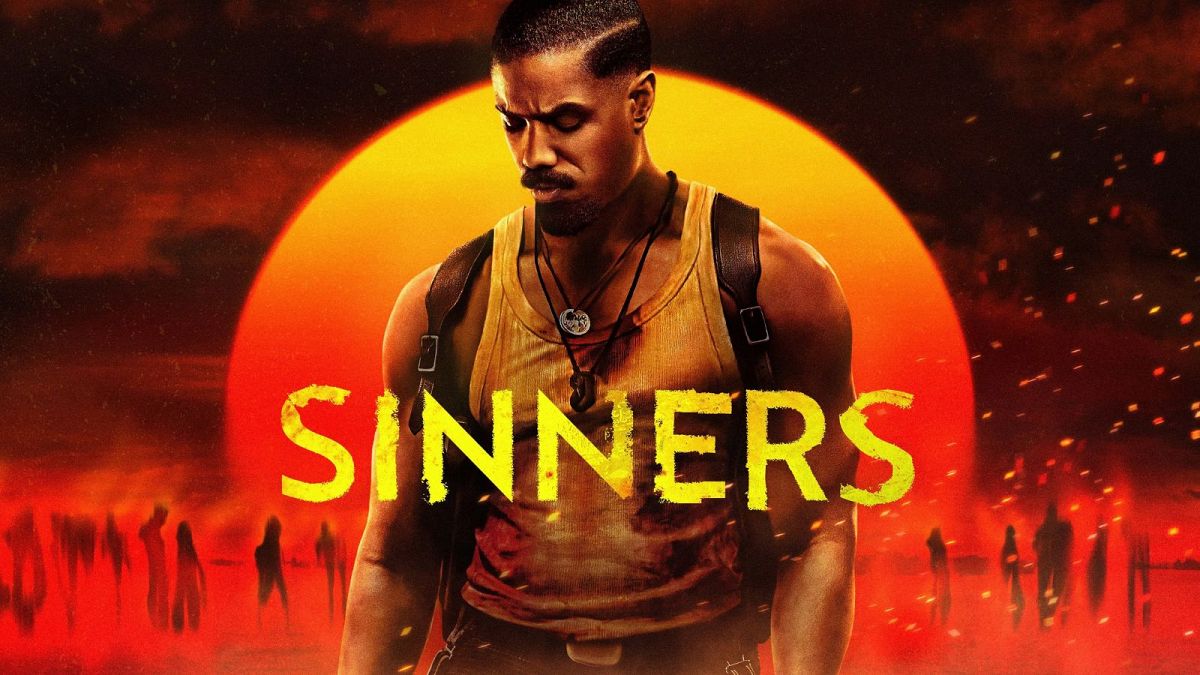
 We deliver critical software at unparalleled value and speed to help your business thrive
We deliver critical software at unparalleled value and speed to help your business thrive


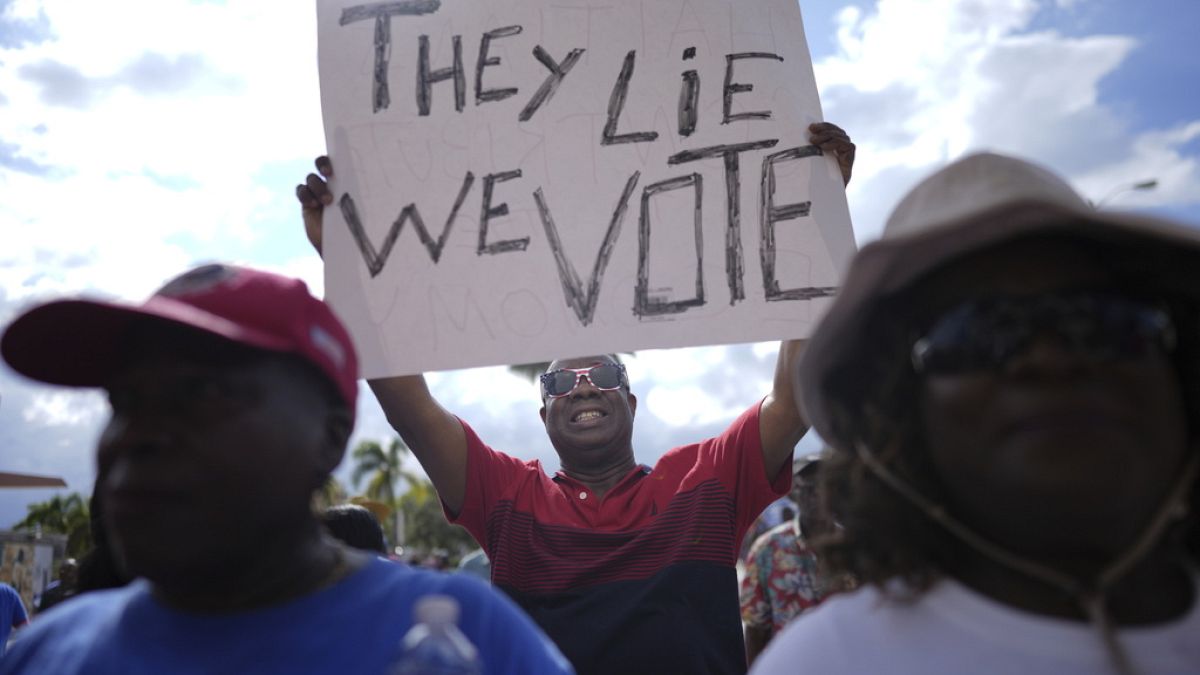



 English (US) ·
English (US) ·